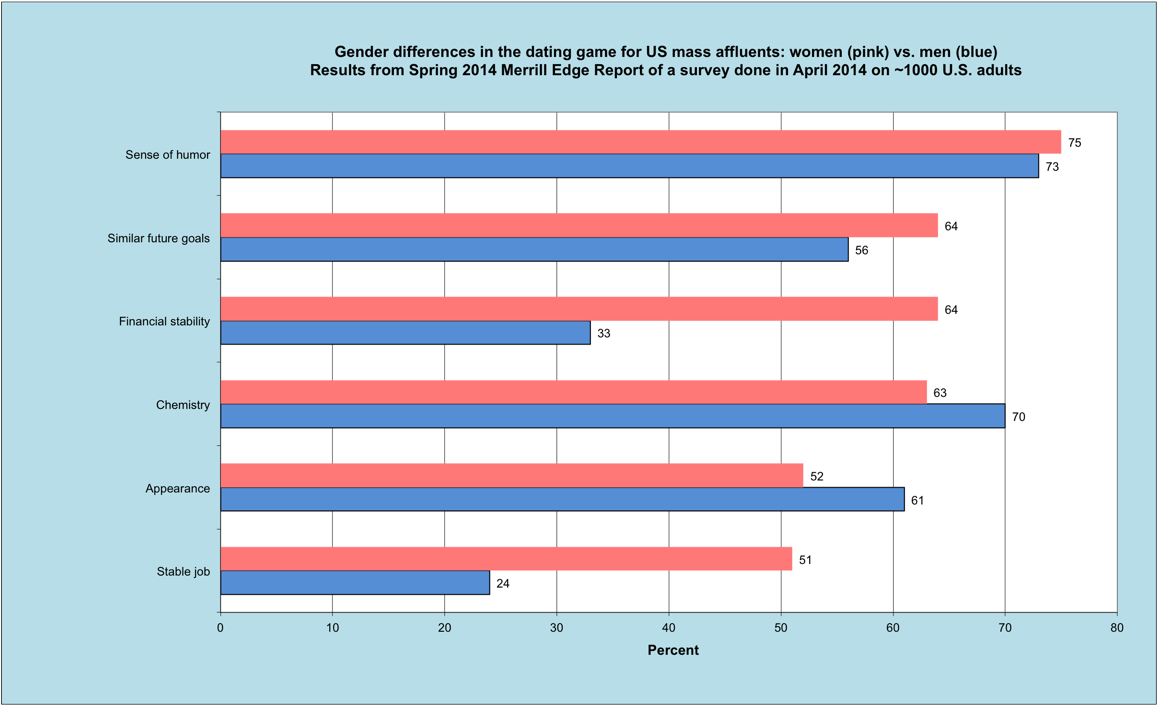The conservative
Club for Growth clearly has more money than sense. Here in Idaho they backed Idaho Falls lawyer Bryan D. Smith in an unsuccessful attempt to defeat eight-term congressman Mike Simpson in the 2nd District. Republican primary election. It wasn’t even close. Simpson won with 61.6% of the vote versus Smith’s 38.4%. Associated Press
called the winner a couple hours after the polls closed.
Just
through April outside spending for this election was $2.8 million. How did this deluge of money occur? In July 2013 the Club for Growth
backed Smith and targeted Simpson as a moderate in a conservative district. Support for Smith by the Madison Project PAC and other conservative groups followed, and was countered by even more for Simpson from other groups.
Mike Simpson is extremely well known here in Idaho. His
official biography says that:
“His political career began in 1980, when he was elected to the Blackfoot City Council. In 1984, he was elected to the Idaho Legislature where he served until 1998, the last six years serving as Speaker. Simpson was born in Burley, Idaho and raised in Blackfoot. He graduated from Utah State University and earned his DMD from Washington University School of Dental Medicine in St. Louis, Missouri. After graduation, he joined his father and uncle at the Simpson Family Dental Practice in Blackfoot.”Bryan Smith was not well known in politics. His
campaign bio simply said that:
“He is now the owner of several small businesses in Idaho...” During the
televised debate on May 11th, Smith said he was a
“true conservative” and that, like Ronald Reagan he believed in peace through strength. But, Ronald Reagan was a very likable guy, and Bryan Smith definitely is not. Brian looks like
Max Headroom with glasses added.
On April 13th Boise’s Idaho Statesman put him on page one with an article titled
Idaho’s 2nd CD candidate Bryan Smith’s character, career on center stage. They described how back in 2001 he started
Medical Recovery Services, a debt collection firm that received an “F’ rating from the
Better Business Bureau. Later there also was a second firm,
Diversified Equity Systems. Together those two have filed over 10,000 court cases. The Statesman article noted that:
“Steve Taggart, a bankruptcy attorney in Idaho Falls, said Medical Recovery Services pushes people into bankruptcy because it’s aggressive and inflexible. Taggart estimated that Medical Recovery Services cases have triggered between one-third and one-half of Bonneville County’s bankruptcy filings in recent years.”Just how aggressive were they? They had tried to collect a $350 attorney fee which was more than the principal amount on some medical bills. When this was struck down by the District Court, like Oliver Twist, they appealed to the Idaho Supreme Court that, please, sir we want some more fees. On March 14, 2014 they were
told no unanimously. A newspaper article originally from Idaho Falls about that decision also appeared in
Boise and
Twin Falls in early May.
Smith’s campaign ran a
TV ad about one case where Smith was the “guardian angel” in fighting a claim being turned down by an insurance company. But, the Simpson campaign countered via a web page with a
30-page pdf about Smith as a debt collector.
His activities fit the old joke about undesirable occupations:
“Don’t tell my mother I’m a trial lawyer and a debt collector. She thinks I play the piano in a whorehouse.”Carol Highsmith’s
portrait of Ronald Reagan came from the Library of Congress. The Oliver Twist
illustration came from Wikimedia Commons.
























